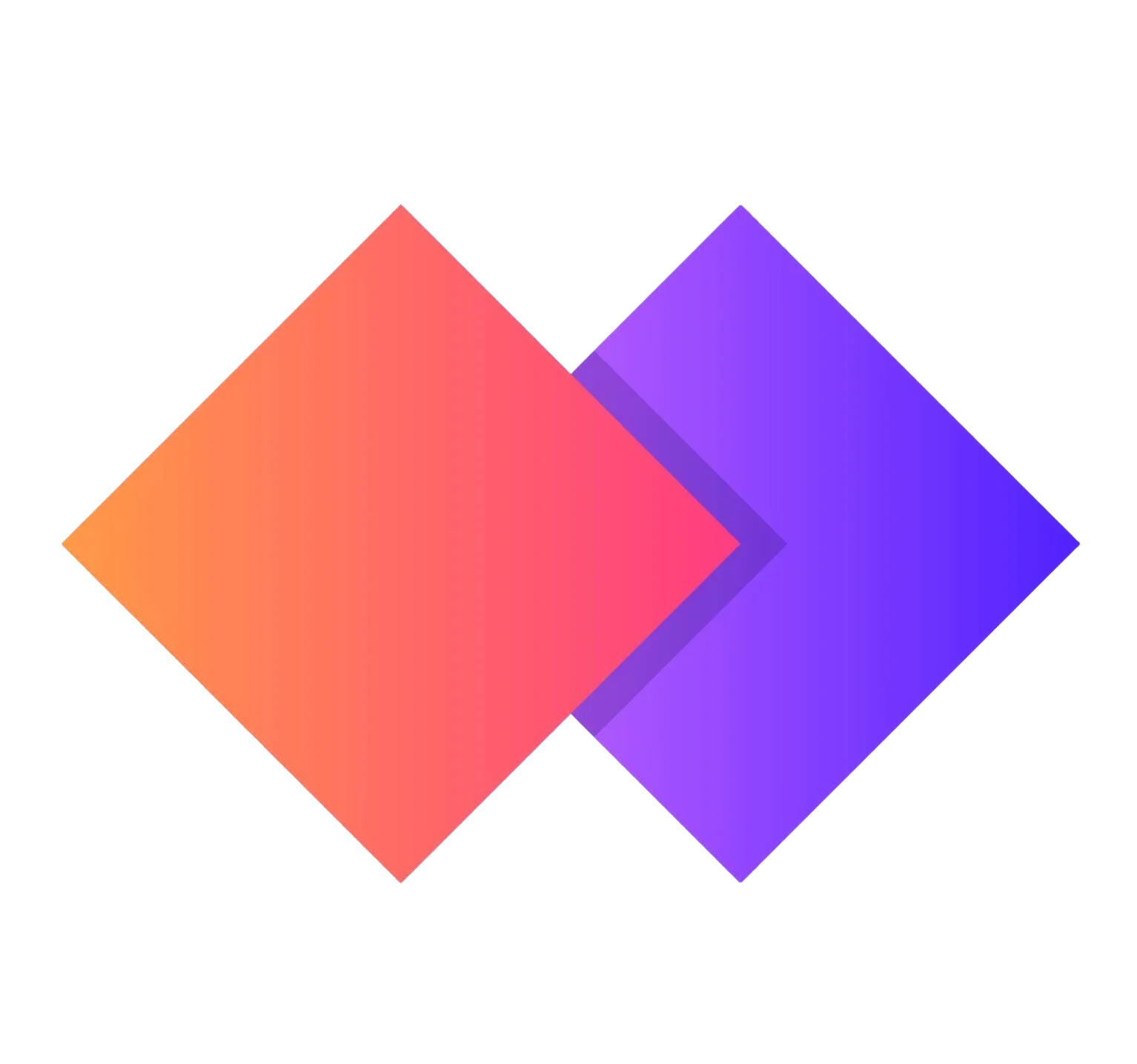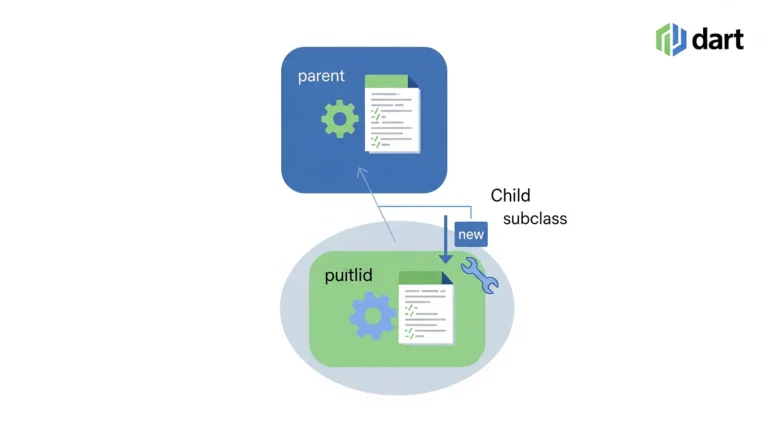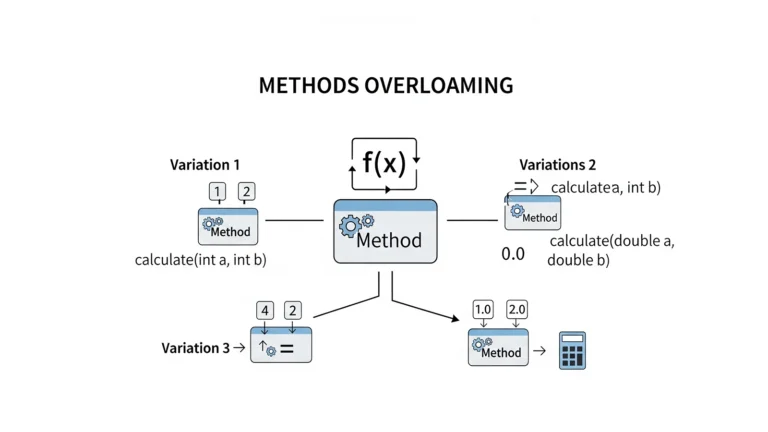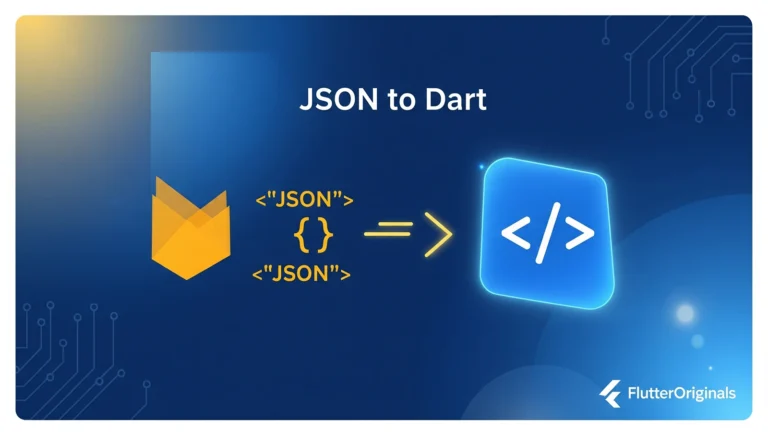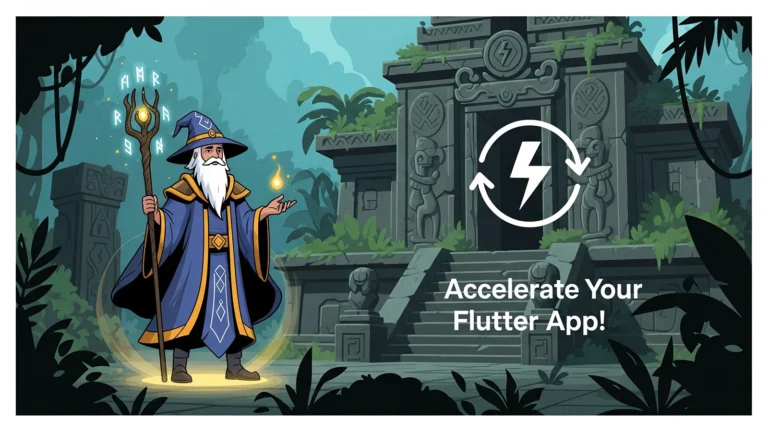
Are you looking to dive into the world of modern programming languages? Do you want to build high-performance applications for web, mobile, desktop, and even embedded devices? Then look no further than the Google programming language Dart. This versatile and powerful language, developed by Google, has gained immense popularity for its efficiency, ease of use, and robust ecosystem. In this comprehensive guide, we’ll explore everything you need to know about the Google programming language Dart, from its core features to advanced applications.
What is Google Programming Language Dart?
At its heart, Google programming language Dart is an object-oriented, class-based, garbage-collected language with C-style syntax. It was designed to be productive for developers, offering a familiar feel to those coming from Java or JavaScript. Initially released in 2011, Dart has evolved significantly, especially with the rise of Flutter, Google’s UI toolkit for building natively compiled applications for mobile, web, and desktop from a single codebase. This tight integration has solidified the position of Google programming language Dart as a crucial tool for cross-platform development.
Why Choose Google Programming Language Dart?
There are numerous compelling reasons why developers are increasingly choosing the Google programming language Dart:
- Performance: Dart compiles to native code, offering excellent performance for your applications. It also supports Just-In-Time (JIT) compilation for fast development cycles and Ahead-Of-Time (AOT) compilation for optimized production builds.
- Productivity: With features like hot reload and hot restart in Flutter, developers using Google programming language Dart can see changes instantly, drastically speeding up the development process. The language itself is designed for clarity and conciseness.
- Versatility: As mentioned, the Google programming language Dart isn’t just for mobile. You can build web applications with Dart, command-line tools, server-side applications, and even desktop applications.
- Strong Community and Ecosystem: Backed by Google, Dart has a rapidly growing community and a rich ecosystem of packages and tools available on pub.dev.
- Future-Proof: With continuous development and strong support from Google, investing in the Google programming language Dart means you’re learning a language that’s here to stay and will continue to innovate.
Getting Started with Google Programming Language Dart
For beginners, getting started with the Google programming language Dart is straightforward. You’ll need to install the Dart SDK, which provides the Dart VM (Virtual Machine), dart command-line tool, and other essential utilities. Many developers prefer to use an Integrated Development Environment (IDE) like VS Code or Android Studio, which offer excellent support for Dart and Flutter development.
Here’s a simple “Hello, World!” example in Dart:
Dart
void main() {
print('Hello, World from Google Programming Language Dart!');
}
This simple snippet demonstrates the clean and readable syntax of the Google programming language Dart.
Dart for Web Development
While often associated with Flutter, the Google programming language Dart also shines in web development. With tools like Dart Sass and frameworks, you can create dynamic and interactive web applications. Dart can compile to JavaScript, allowing it to run in all modern browsers.
Dart for Mobile and Desktop with Flutter
This is where the Google programming language Dart truly takes center stage for many developers. Flutter, Google’s UI toolkit, uses Dart as its programming language. This means you can write a single codebase in Dart and deploy it to iOS, Android, web, and desktop (Windows, macOS, Linux). This efficiency is a game-changer for cross-platform development.
Here’s an example of a simple Flutter widget written in Dart:
Dart
import 'package:flutter/material.dart';
void main() {
runApp(const MyApp());
}
class MyApp extends StatelessWidget {
const MyApp({super.key});
@override
Widget build(BuildContext context) {
return MaterialApp(
title: 'Google Programming Language Dart App',
home: Scaffold(
appBar: AppBar(
title: const Text('Welcome to Dart!'),
),
body: const Center(
child: Text('Learning Google Programming Language Dart is fun!'),
),
),
);
}
}
Advanced Concepts in Google Programming Language Dart
For more experienced developers, Dart offers a wealth of advanced features:
- Asynchronous Programming: Dart provides excellent support for asynchronous operations using
asyncandawait, making it easy to handle network requests, file I/O, and other long-running tasks without blocking the UI. - Null Safety: Dart’s sound null safety helps prevent common runtime errors by making nullability explicit in your code, leading to more robust and reliable applications.
- Isolates: For truly concurrent operations, Dart uses isolates, which are independent workers that communicate via message passing, ensuring that your application remains responsive.
- Generators and Streams: These features provide powerful ways to work with sequences of data, enabling efficient data processing and reactive programming patterns.
The Future of Google Programming Language Dart
The future looks incredibly bright for the Google programming language Dart. With continued investment from Google, a thriving community, and the ever-growing popularity of Flutter, Dart is poised to become an even more dominant force in software development. Whether you’re building the next big mobile app, a powerful web platform, or a robust desktop solution, the Google programming language Dart provides the tools and flexibility you need to succeed.
Embrace the power of the Google programming language Dart today and unlock a world of possibilities in your programming journey!
